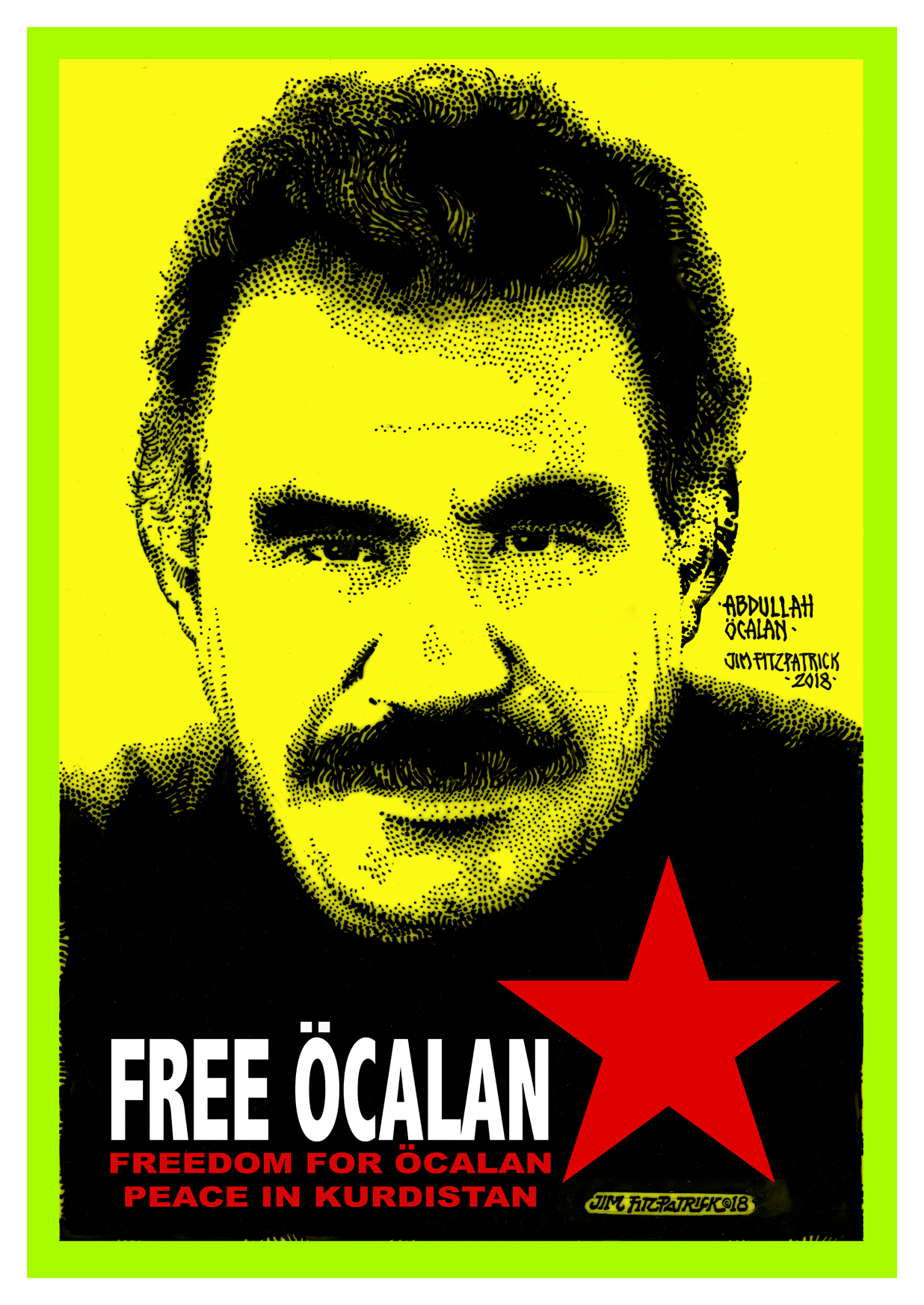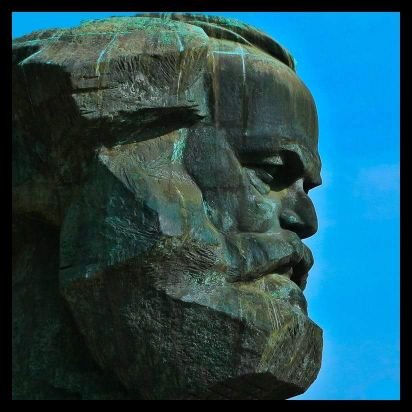«Marx’s theory of value and money. A critique of Reuten’s ‘value-form’ interpretation of part 1 on volume 1 of Capital»: Fred Moseley
 How then is the magnitude of value to be measured? By means of the ‘value-forming substance’, the labour, contained in the article. The quantity is measured by its duration, and the labour-time itself is measured on the particular scale of hours, days, etc. (C.I. 129).
How then is the magnitude of value to be measured? By means of the ‘value-forming substance’, the labour, contained in the article. The quantity is measured by its duration, and the labour-time itself is measured on the particular scale of hours, days, etc. (C.I. 129).
Socially necessary labour-time is the labour-time required to produce any use-value under the conditions of production normal for a given society and with the average degree of skill and intensity of labour prevalent in that society. (C.I. 129)
A given quantity of any commodity contains a definite quantity of human labour. Therefore the form of value must not only express value in general, but also quantitatively determined value; i.e. the magnitude of value… The equation 20 yards of linen = 1 coat, or 20 years of linen are worth 1 coat, presupposes the presence in 1 coat of exactly as much of the substance of value as there is in 20 yards of linen, implies therefore that the quantities in which the two commodities are present have cost the same amount of labour or the same quantity of labour-time. (C.I. 144)
It is not money that renders commodities commensurable. Quite the contrary. Because all commodities, as values, are objectified human labour and therefore themselves commensurable, their values can be communally measured in one and the same commodity. Money is the necessary form of appearance of the measure of value immanent in commodities – labor-time. (C.I. 188)
Gold becomes the measure of value because the exchange-value of all commodities is measured in gold, is expressed in the relation of a definite quantity of gold and a definite quantity of commodity containing equal amounts of labour-time. (Contribution, 65-66)
According to the general law of value, a definite quantity of money expresses a definite quantity of materialised labour. (Selected Correspondence, 98-99)
Please note: Throughout this paper, original emphasis in quotations is in italics, and added emphasis is in bold. Phrases in brackets [ ] are also added.
 Geert Reuten has been one of the leading proponents of the “value-form” interpretation of Marx’s theory over the last fifteen years (e.g. Reuten and Williams 1989, Reuten 1993). Reuten (2005) is his latest presentation of this interpretation, with special emphasis on Chapter 3, Section 1, of Volume 1 of Capital, on Marx’s concept of the “measure of value”.
Geert Reuten has been one of the leading proponents of the “value-form” interpretation of Marx’s theory over the last fifteen years (e.g. Reuten and Williams 1989, Reuten 1993). Reuten (2005) is his latest presentation of this interpretation, with special emphasis on Chapter 3, Section 1, of Volume 1 of Capital, on Marx’s concept of the “measure of value”.
Reuten argues that Marx’s logical method in Part 1 is that of “conceptual development” (or “systematic dialectics”), which does not include the quantitative determination of prices in Part 1. According to this interpretation, value is first “partially constituted” in Chapter 1 as a simple qualitative substance – abstract labor, and is not constituted as a quantity at all in Chapter 1. Quantities of socially necessary labor-time are not presumed to exist in Chapter 1. Then in Chapter 3, this simple notion of value is “enriched” or complemented – and so “superseded”. Value is more fully constituted as a more complex concept, which includes being constituted as quantitative magnitudes for the first time, as quantities of money prices. Reuten argues that, once value has been posited as money prices in Chapter 3, the earlier simpler concept of value as abstract labor becomes “superfluous”, and the term “abstract labor” disappears from the further text of Capital (p. 83).
Reuten also presents a novel interpretation of Marx’s concept of money as the measure of value in Section 1 of Chapter 3. Reuten argues that Marx’s concept of measure is not the usual concept of measure – that money measures quantities of labor-time that exist independently of the act of measurement. Instead, according to Reuten, the act of measurement by money transforms the qualitative substance of value (abstract labor) in Chapter 1 into the quantitative magnitudes of value in Chapter 3 (money prices). Thus, commodities are not assumed to be commensurable, and abstract labor is not assumed to be homogeneous in Chapter 1. Rather, the act of measurement by money “establishes the commensuration” of commodities as values in terms of money prices. In short, money makes commodities commensurable.
Therefore, according to Reuten’s interpretation, Part 1 of Volume 1 does not present a quantitative theory of the determination of prices by labor-time. Since quantities of socially necessary labor-time are not presumed to exist, prices cannot be determined by socially necessary labor-time. As Reuten puts it, “Chapter 1 does not present a ‘labor theory of value’… in any quantitative sense” (p. 86; emphasis added). Instead, money prices are just taken as given, without theoretical determination , by socially necessary labor-time or anything else.
In order to critically evaluate Reuten’s interpretation, this paper first reviews in detail my interpretation of Marx’s theory of value and money in Chapters 1 and 3 of Volume 1, with special emphasis on the quantitative determination of prices. Section 2 then critically examines the textual evidence that Reuten presents from Chapter 3 to support his interpretation, and the final section examines Reuten’s argument that the concept abstract labor “disappears” after Chapter 3 of Volume 1.


























